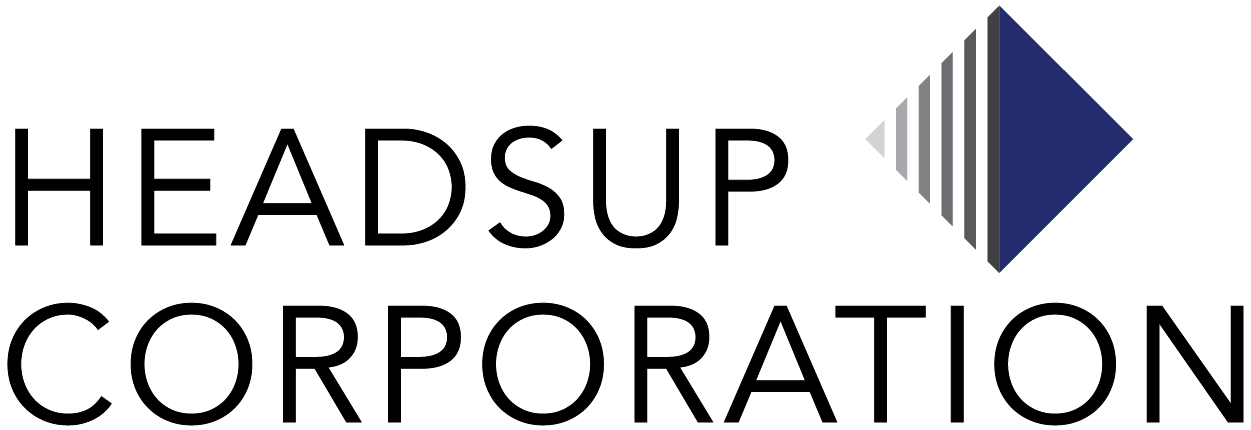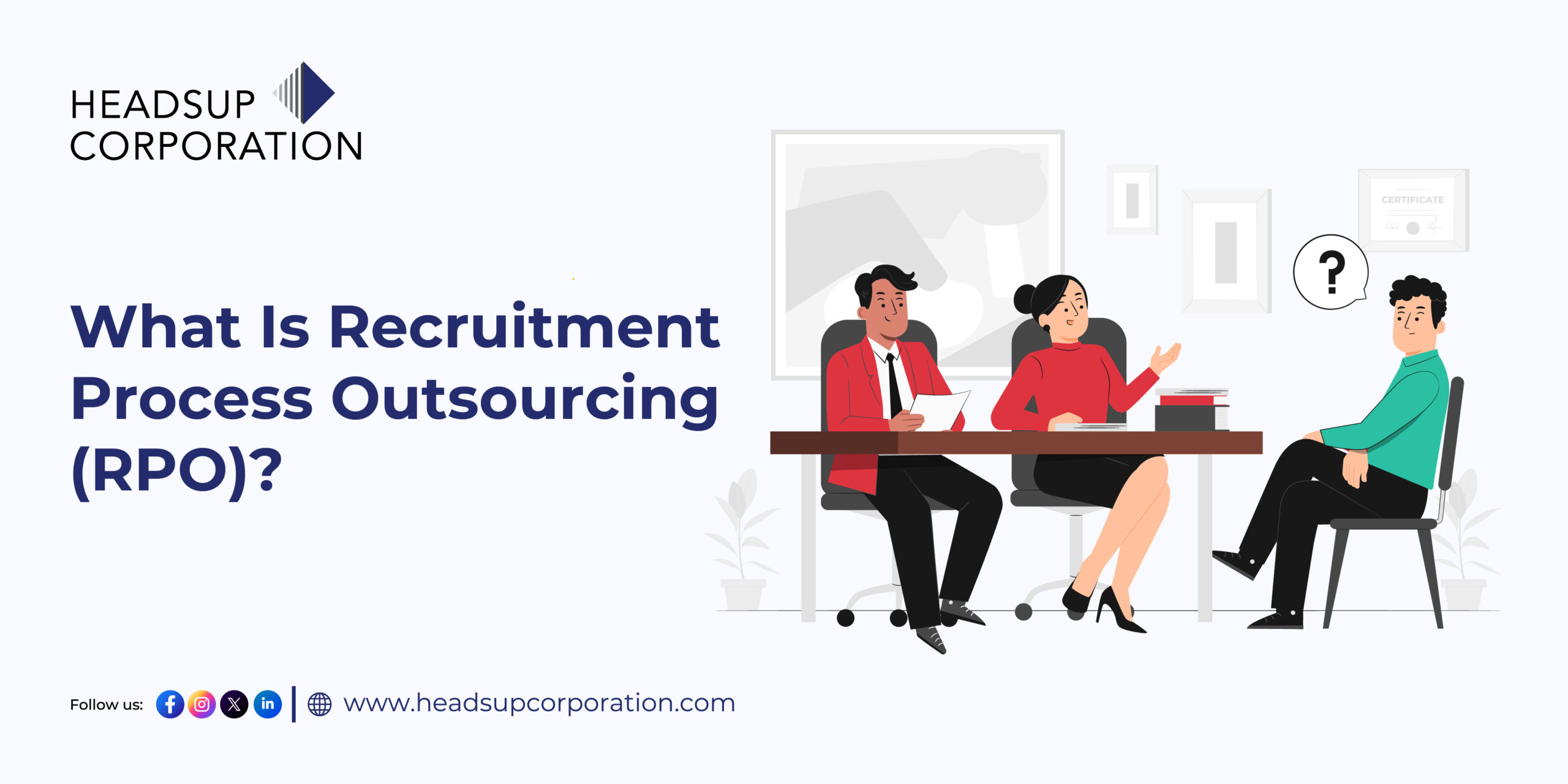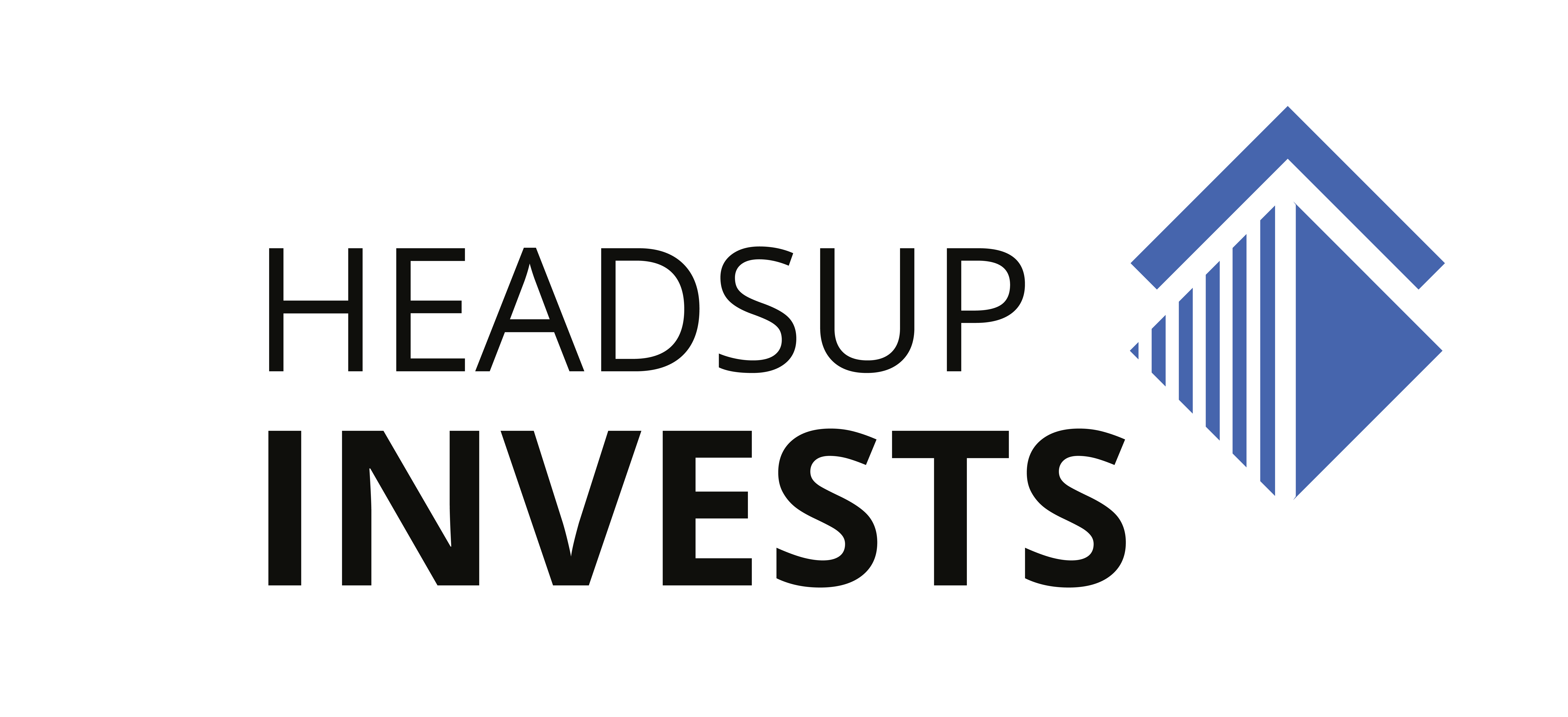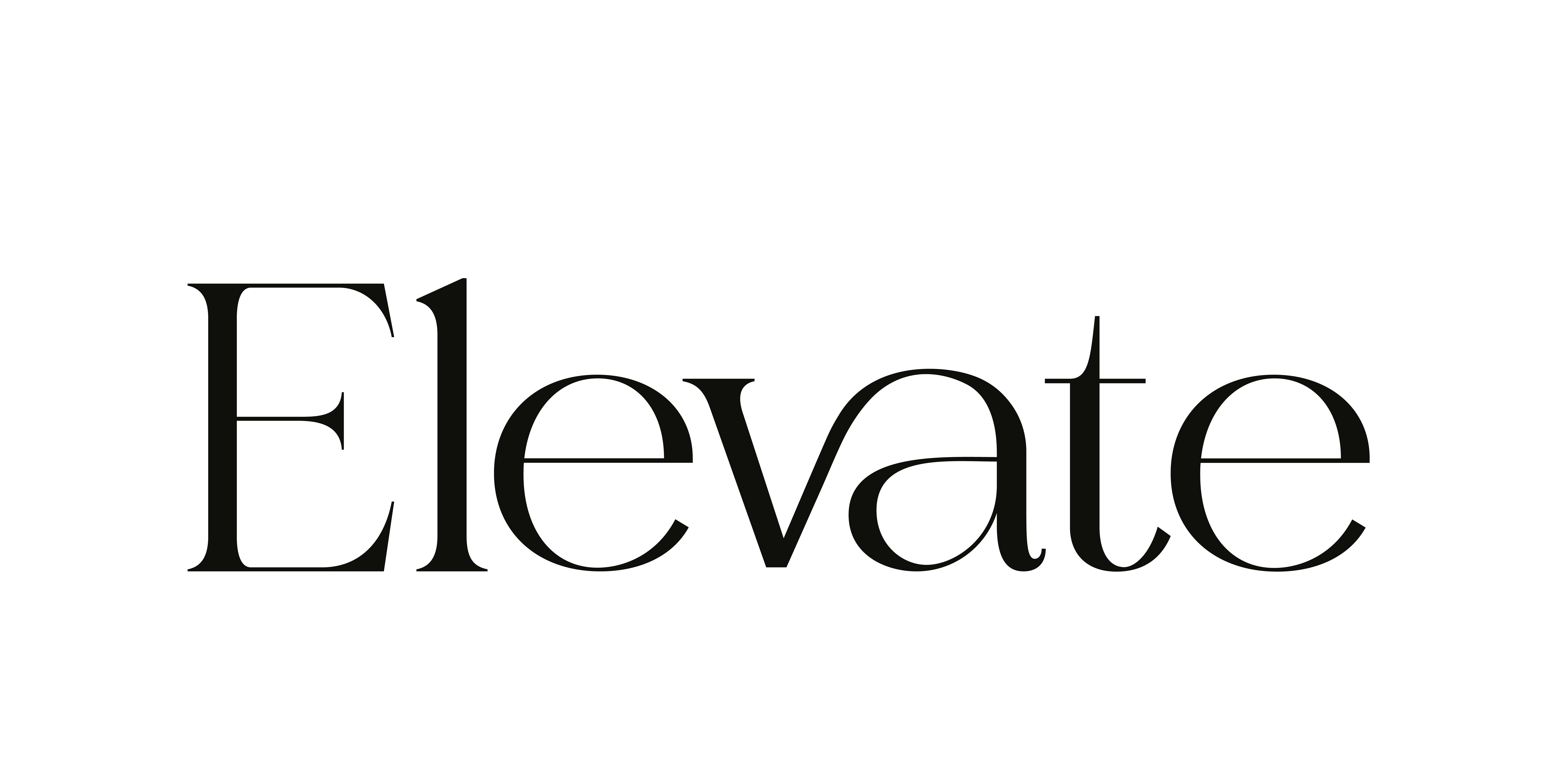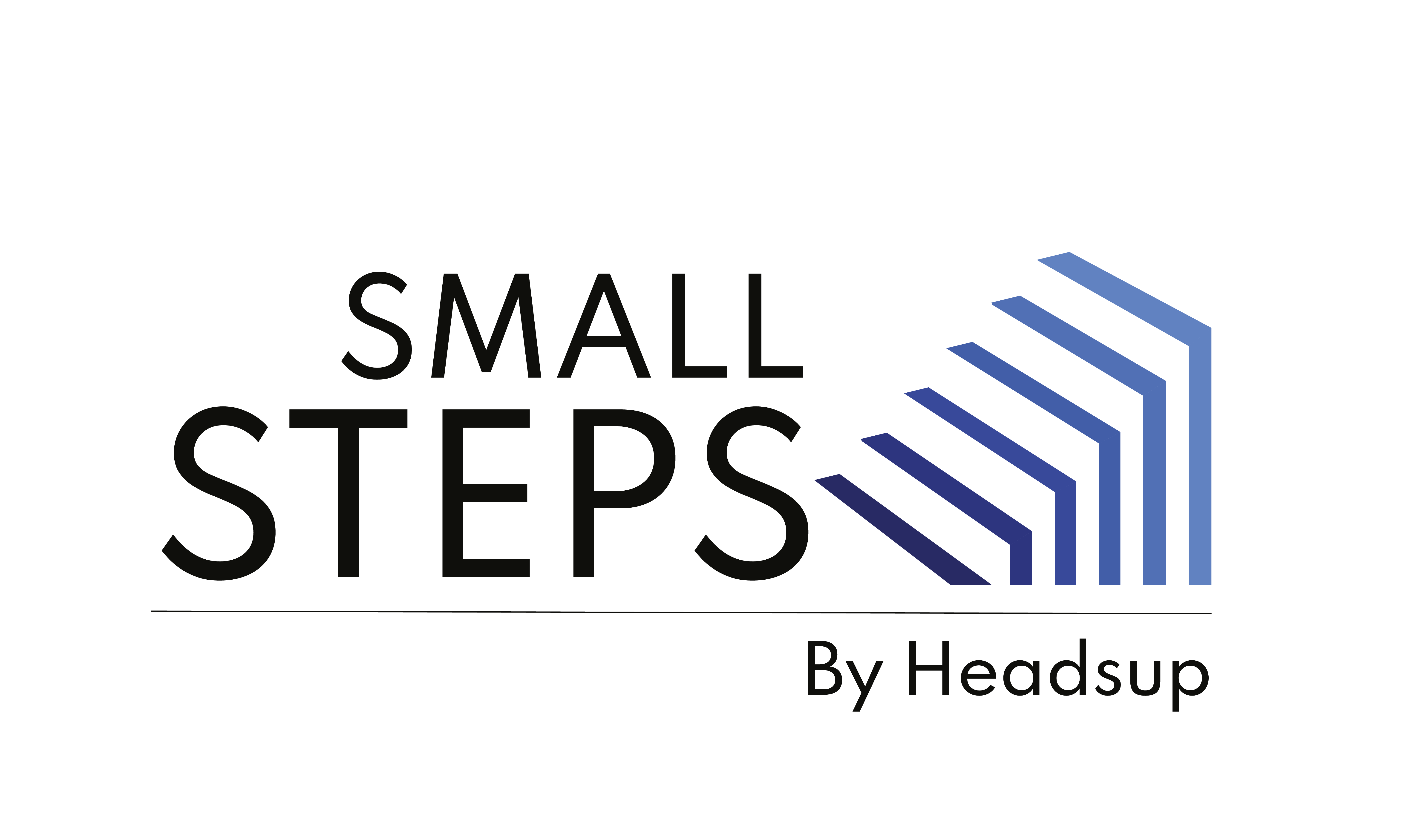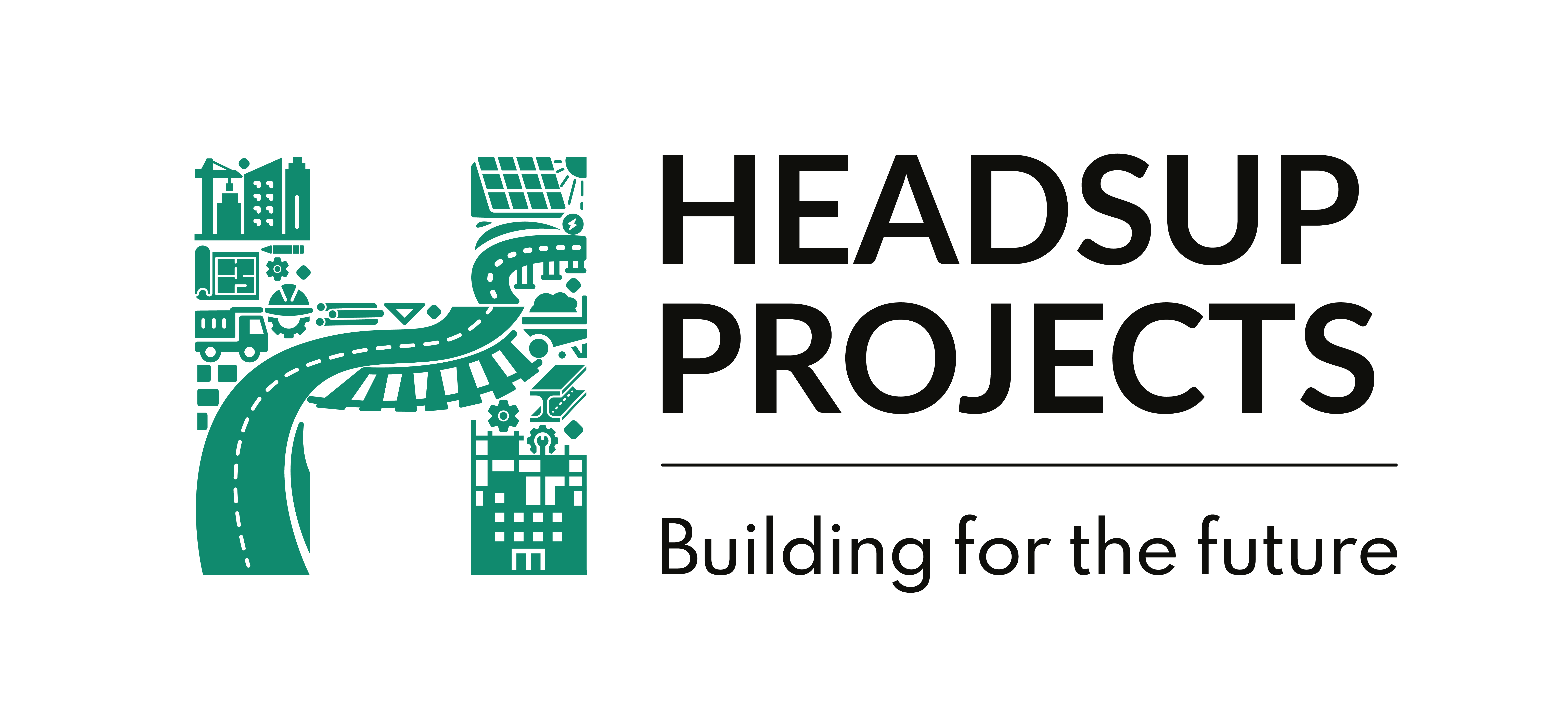According to recent news, India’s Recruitment Process Outsourcing (RPO) market is expected to reach $420 million by 2027, reflecting a compound annual growth rate (CAGR) of 15.5%. This growth stems from the increasing adoption of HR technology and recruitment analytics. This isn’t merely a trend; it represents a fundamental shift in the hiring landscape.
Many organisations today use RPO to manage part or all of their hiring. Whether it’s filling niche roles quickly or building a steady pipeline of talent, RPO lets them focus on business growth while a dedicated partner handles recruitment.
What Is Recruitment Process Outsourcing (RPO)?
RPO is when a company hands over its recruitment function to a third-party organisation for either all or part responsibilities. This isn’t a simple “agency hire” model. Instead, the third-party team works like an extension of your internal HR team, taking care of sourcing, screening, interviewing and onboarding. Some RPO partners even help improve employer branding and candidate experience.
What RPO Means for Organisations
- Consistent, Scalable Hiring: Whether you need 5 roles filled this month or 50 next quarter, RPO adapts without the internal HR team stretching thin.
- Better Quality of Hires: Specialised recruiters know where and how to find talent that fits your skill, experience, and cultural needs.
- Cost Efficiency: Fewer bad hires mean lower turnover costs. Streamlined processes save both time and money.
The Different RPO Models
RPO isn’t a one-size-fits-all solution and that’s where many organisations go wrong. There are different models, each designed for a specific hiring challenge.
- For example End-to-end RPO covers the complete recruitment cycle, from sourcing to onboarding, making it ideal for companies that want to fully outsource talent acquisition.
- For a more short term span Project RPO is apt, helping businesses during a large hiring drive or when entering new markets.
- Then there’s Hybrid RPO, which blends in-house hiring with external expertise.
Hidden ROI Metrics
Most RPO discussions focus on obvious numbers like cost-per-hire or time-to-fill, but the real value often lies in less visible metrics. Think improved quality of hire that lasts beyond the first year, lower offer dropout rates, better diversity ratios, and the amount of time saved for internal recruiters to focus on strategic tasks. Tracking these hidden indicators gives a more accurate picture of how RPO impacts business outcomes and often reveals it’s paying off in more ways than expected.
Disadvantages of Recruitment Process Outsourcing (RPO)
RPO isn’t for everyone.
- It requires sharing sensitive hiring data with an external partner.
- Long-term contracts can feel restrictive for smaller firms.
- If the RPO provider doesn’t understand your company culture, the quality of hires can drop.
That’s why choosing the right partner is as important as the decision to outsource in the first place. RPO can be a game-changer for companies facing high-volume or specialised hiring needs. But it works best when the organisation treats the provider as a strategic partner, not just a vendor. Done right, it can free up your HR team to focus on what they do best, building a stronger workplace.
